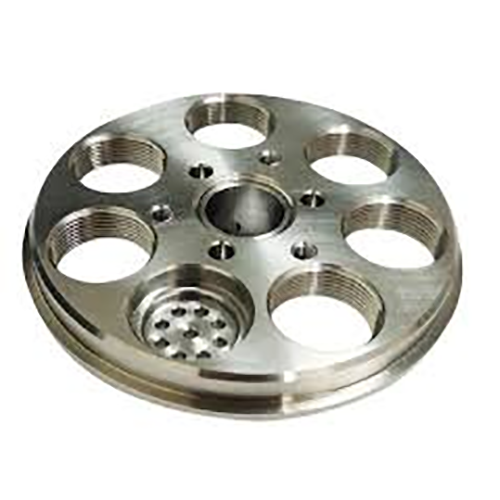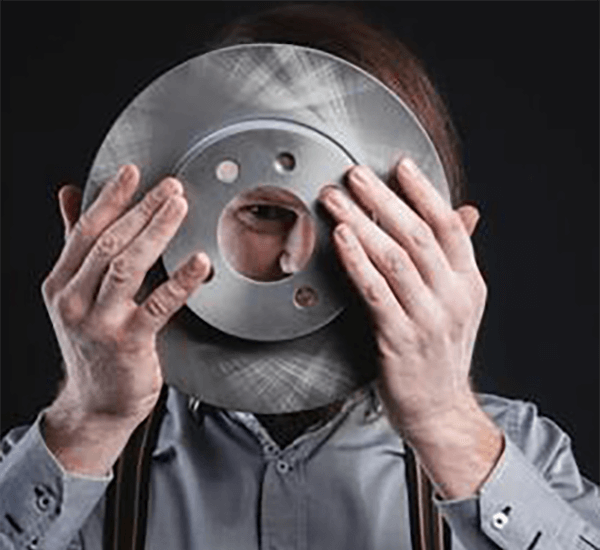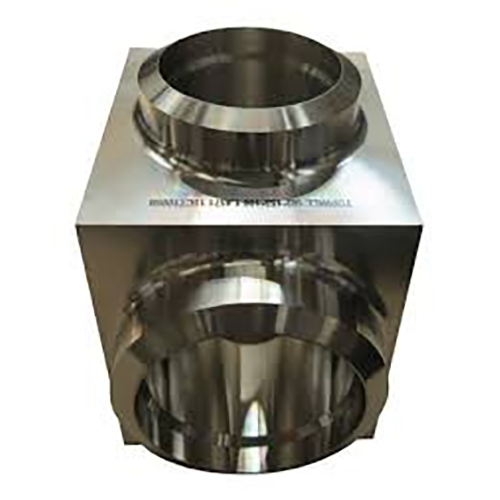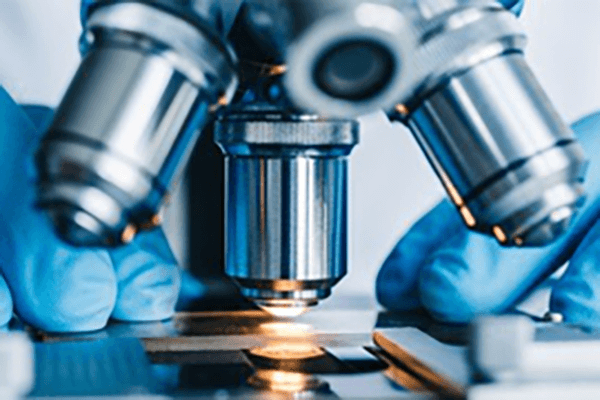inspection included brand marking and finish matching services

Meeting defined surface quality on a CNC-produced component stands as fundamental.
- Technical drawings lay out precise surface criteria for components
- Drawings commonly cite Ra, meaning root mean square average, to measure texture
- Interpreting finish callouts is necessary to guarantee parts satisfy functional criteria
- Defined surface quality influences lubricant retention, coefficient of friction, and wear resistance
- Precise decoding of callouts secures the specified finishing outcome
Precision Principles of CNC Machining

Computer-controlled machining embodies a revolutionary manufacturing technique using CNC instructions the equipment fabricates detailed forms with consistency.
- This process enables the creation of high-quality parts from a wide range of materials
- The versatility of CNC machining makes it ideal for aerospace, automotive, medical, and electronics
- CNC machining delivers exceptional repeatability ensuring identical parts across production runs
Across prototyping through full-scale production CNC machining serves as a cornerstone in contemporary manufacturing
Deciphering CNC Machine Specifications
Navigating specification tables often appears formidable at first sight
In contrast, measured learning and order help you traverse technical specifications
Commence with recognizing main metrics: spindle rpm, feed, precision, work volume, control system
All these parameters affect the tool’s total functional output.
Consider that higher spindle velocity suits pliant materials while elevated feed boosts capacity.
Knowing these correlations permits matching machine capabilities to your specs
Take time to inspect maker literature meticulously.
Supplier manuals often give critical context and define technical language
Complete Overview of CNC Equipment
Automated CNC platforms are computer-commanded systems for precision manufacturing of multiple materials They interpret CNC code instructions to command cutting tools and motion.
- Frequent CNC varieties include mills, lathes, routers, plasma cutting machines
- CNC machining processes are highly versatile and can be used to work with a wide range of materials including metals plastics wood and composites
- Moreover CNC platforms enable rapid model creation and small-batch production for SMEs and R&D teams
Overview of CNC Machine Fundamentals
They manifest coupling of mechanical fidelity and complex software governance Multifunctional systems use programming logic to fabricate both simple pieces and composite assemblies Essential concept transposes digital designs into manufactured reality.
- Machine-controlled machining
- Code-driven production workflow
It requires coordinated toolpath steps instructed by G-code Manufacturing staff set tooling parameters, oversee machining, and confirm quality outcomes.
Surface Finish Effects in CNC Production
Securing intended finish on parts is imperative It significantly alters operational behavior and appearance Base material, cutting conditions, and post-machining refinements govern texture.
Polished textures increase lifespan; rough finishes may lower effectiveness Code-driven machining enables selective tooling and techniques to attain required textures.
- Consider using alternative cutting shapes |cermet inserts|cutting velocit
 y selections to shape surface
y selections to shape surface - Additionally finishing processes including polishing and grinding refine texture
Recognizing how feeds, speeds, and tool geometry interact yields optimal finishes.
Understanding CNC Machines: A Beginner's Guide
It constitutes a high-precision manufacturing approach using programmed machine tools to form parts from many materials They apply digital directives to fabricate detailed geometries consistently Familiarity with programming, tooling, and machine operation is key to process success
Sectors served include aerospace, automotive, manufacturing, medical, and electronics fields From intricate parts for aircraft engines to precision molds for plastic injection CNC machines have become indispensable tools for producing high-quality products with complex geometries
Surface Finish Specification Guidelines
Proper specification of surface finish is crucial when machining parts on a CNC machine It ensures that the final product meets the requirements for function and aesthetics Technical callouts frequently employ Ra as the roughness metric Noted in microns or millimeters, the value quantifies average texture height.
Evaluate both finish smoothness targets and the operational application before specifying

Typically smoother finishes are chosen where tight dimensional control and alignment matter
Rugged finishes sometimes serve parts that need enhanced traction or grip
Include unambiguous roughness values in drawings to specify finish demands Include both the Ra value along with any additional instructions such as machining processes or surface treatments.
Remember that effective surface finish callouts are key to achieving a successful manufacturing outcome
CNC Equipment Types and Use Cases
Machine shops deploy varied CNC equipment tailored to many distinct production tasks They integrate CAD-driven toolpaths to guide cutters for precise component production.
- Drilling units excel at producing holes and axial features in parts
- Routers carve wood composite and plastics into detailed shapes and profiles
- Beam and jet cutting methods enable accurate slicing with differing thermal impacts
Decision factors include the part’s material, feature complexity, and tolerance specifications Specialized CNC abilities fulfill industry requirements across sectors from transport to healthcare.
Realizing Superior Texture with CNC Machining
Realizing premium surface texture is vital and CNC machining supplies tools to accomplish it Through tailored feed rates spindle selection and tool design engineers control surface formation and limit imperfections Coupled with high-quality tools and correct fluid use, finish quality is elevated Appropriate strategy choice combined with accurate setup produces excellent surface outcomes.
Achieving Surface Finish in CNC Programming
Programming skills that affect finish are critical for reaching surface goals Parametric choices for feed, speed, and tool shape govern surface smoothness and defects Thoughtful parameter choices coupled with correct lubrication help produce polished surfaces.
- Plus regular inspection and maintenance what is a cnc machine of tools copyright finishing standards Continuous tool maintenance and oversight preserve high finish consistency Additionally routine tool checks and upkeep maintain consistent finish quality
- In order to refine finish consider material, target roughness, and end-use needs
- Using CAM simulation lets you preview and tweak toolpaths to lower defect risk
- Furthermore regular tool maintenance and inspection are essential for ensuring a consistent and high-quality surface finish over time
